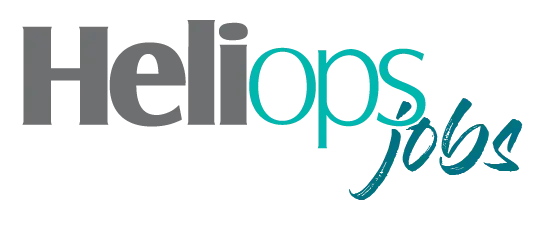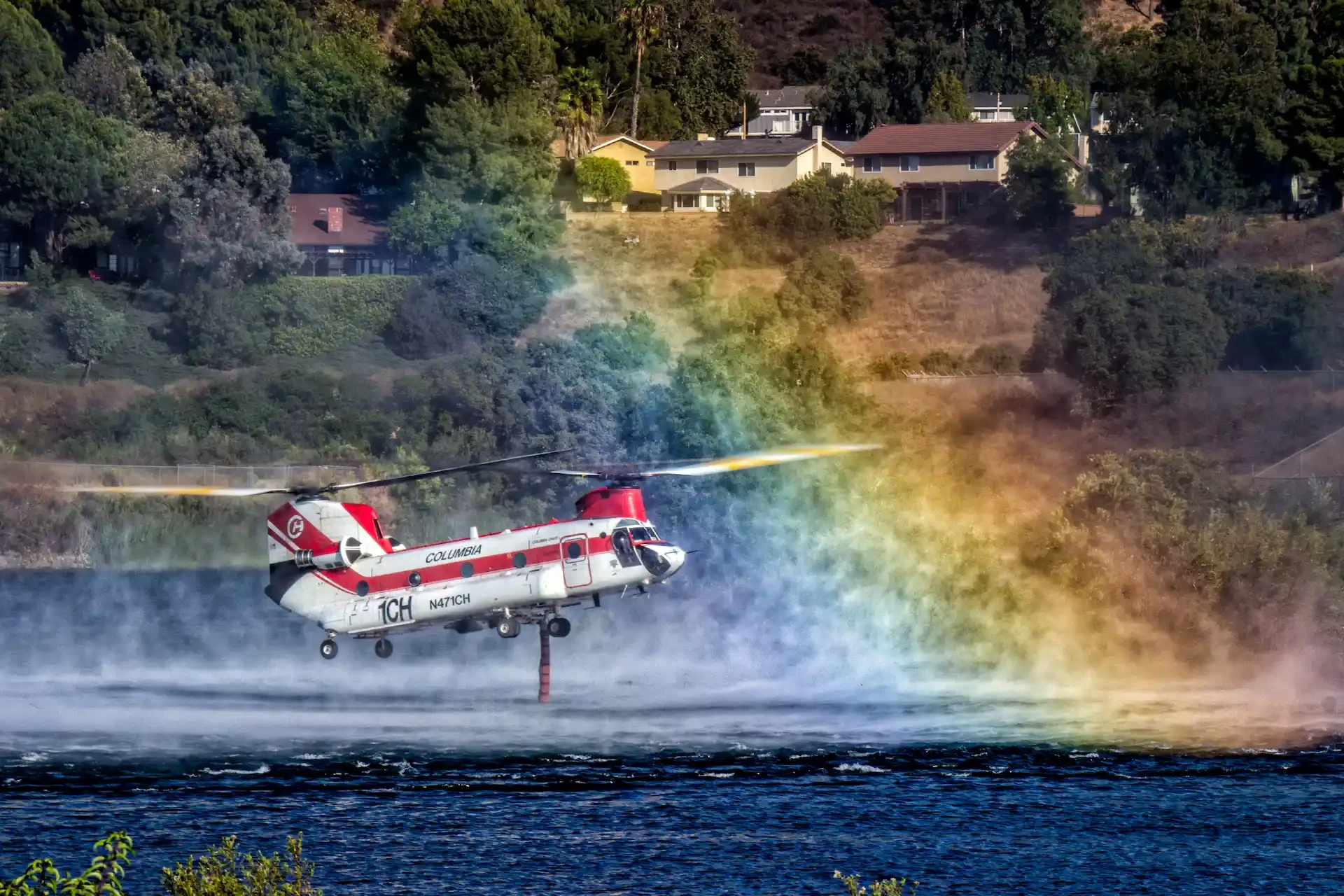It's sometimes almost spooky how sidebar conversations and hushed whispers in the fringes of conventions, trade shows, conferences and other fora swiftly become reality. In a most convivial Press Breakfast sponsored by Boeing at last year's Army Aviation Association of America (Quad A) summit in Nashville, TN, the publisher and I had the opportunity to gently (by our standards at least...) quiz senior Boeing managers on a number of topics. One that I was particularly keen to discuss, as a former UK military CH-47 driver, was how Boeing saw the long-term sustainability of the increasing number of ex-military CH-47s that are being divested by the US Army, and other militaries, as they migrate to the newer and more capable CH-47F and CH-47F Block II machines. Ever the poker-faced executives, the Boeing team acknowledged that they did see it as an issue they would like to confront when the time was right. After all, the Chinook is, perhaps, the most distinctive helicopter ever made and regardless of who modifies and flies it, it will be forever associated with Boeing. Therefore, like it or not, Boeing's corporate reputation rides along with every civil Chinook that gets airborne.
Boeing Needs Good News
And, let's face it, Boeing really do not need any more bad publicity now.
The saga of the 737-Max (accidents caused by inadequate crew training on the new Maneuvering Characteristics Augmentation System (MCAS) and recent Alaskan Airlines door plug blow-out has tarnished the company's reputation for unimpeachable engineering excellence, while the Starliner spacecraft continues to be years late and hopelessly behind Space X's Crew Dragon (despite NASA spending $Bns more with Boeing) in delivering a man rated ISS crew transport; the craft has been plagued by software and quality control issues, including propellant leaks, stuck valves, incorrectly attached parachutes (!) and the use of flammable tape.
Boeing’s luck seems in no hurry to improve; in March of this year a 787 Dreamliner operating between Australia and New Zealand plunged over 500ft as, it seems, a Flight Attendant accidentally operated a pilot's seat adjustment which caused an inadvertent, and large, flight control input. Eyewitnesses reported unsecured passengers being 'bunted' onto the ceiling of the cabin by the sudden negative 'g'. Around 50 people were injured, one seriously. The 787 itself has been quietly re-establishing its reputation as a quiet and comfortable aircraft after a spate of early lithium-ion battery fires that caused the aircraft to be grounded worldwide for rectification, so this latest 'bump' is manifestly not welcome. The Boeing MH-139 Grey Wolf ICBM support helicopter program for the USAF is also experiencing stiff programmatic headwinds, with the DoD announcing that the FY25 budget request is slashing the order from 74 to 36 machines, for a fleet size of 42 (as six have already been delivered) - down from the original requirement for 84. Add on the $7Bn the company expects to lose delivering the KC-46 Pegasus tanker, delays to the T7 Red Hawk trainer and (yet more) Quality Assurance problems with the F-15EX fighter and it doesn't look confidence inspiring to a Boeing stockholder.
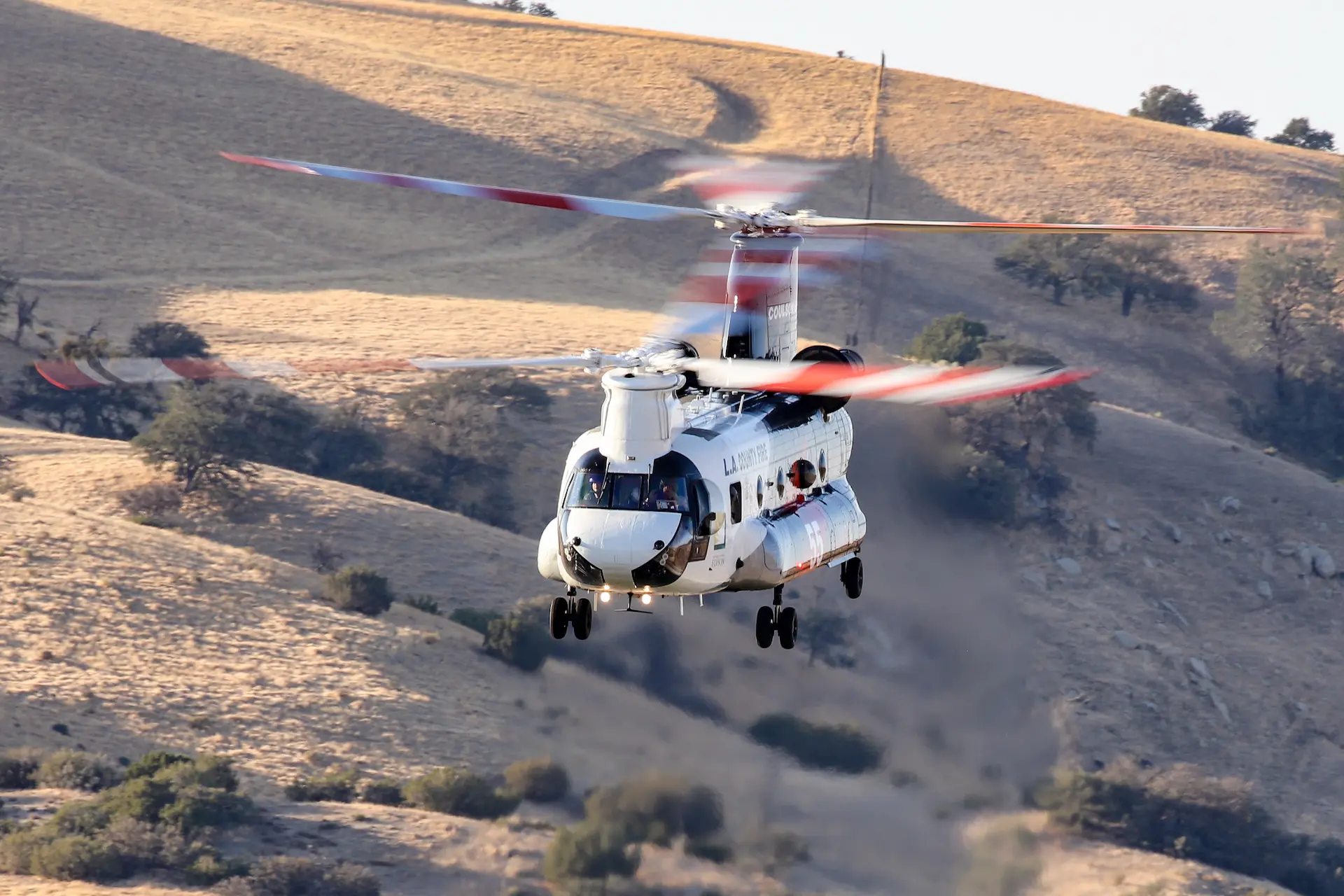
You know things are really not going well when Netflix commissions a documentary to investigate what's going wrong.
Credit to Boeing
However, credit where it's due, Boeing seem to have grasped the nettle with the civil operation of the Chinook. Unlike Sikorsky who, to all intents and purposes, have lost control of the third party UH-60 Black Hawk market. The sheer number of ex-US Army Black Hawks released under the Black Hawk Exchange and Sales Team (BEST) program, currently over 500 (and climbing), has made it impossible for the company to retrospectively attempt to control the aircraft's configuration and, by extension, integrity as a whole platform. Many of us would have sat in semi-public briefings for civil Black Hawk operators organised, off the radar, by Sikorsky at recent HAI Heli Expos, where they've tried to regain some measure of control - offering OEM backed servicing and support packages, as well as 'factory upgrades' to try to reduce the infiltration of third-party Supplemental Type Certificates (STCs). However, the Genie is already out of the bottle; the OEM cannot hope to compete on the price, capacity, or flexibility of the burgeoning Black Hawk support community.
Sikorsky, therefore, are watching over a ticking time bomb of hundreds of their products being flown, modified, and maintained by organisations they have little or no oversight of.
Boeing, it seemed, have tried to head that issue off at the pass.
Admittedly, it's not as big an issue for Boeing - simply because the number of civil operated Chinooks remains relatively low. The BEST equivalent for Chinooks, CHAPS (Cargo Helicopter Alternate Procurement Strategy) has released relatively few complete airframes to non-government users, as the 'D to F' upgrade program resulted in many airframes being recycled - especially the rotables (engines, transmissions, rotors etc). The initial uncertainty about support and operating costs also impacted the hammer price for airframes sold through the General Services Administration (GSA) auction process. There was also an industry perspective that suggested that the small number of remaining civil certified Boeing BV234 Heli liner Chinooks were sufficient for the heavy lift tasks at hand.
It's these BV234 airframes that offer Boeing a route into the commercial Chinook world.
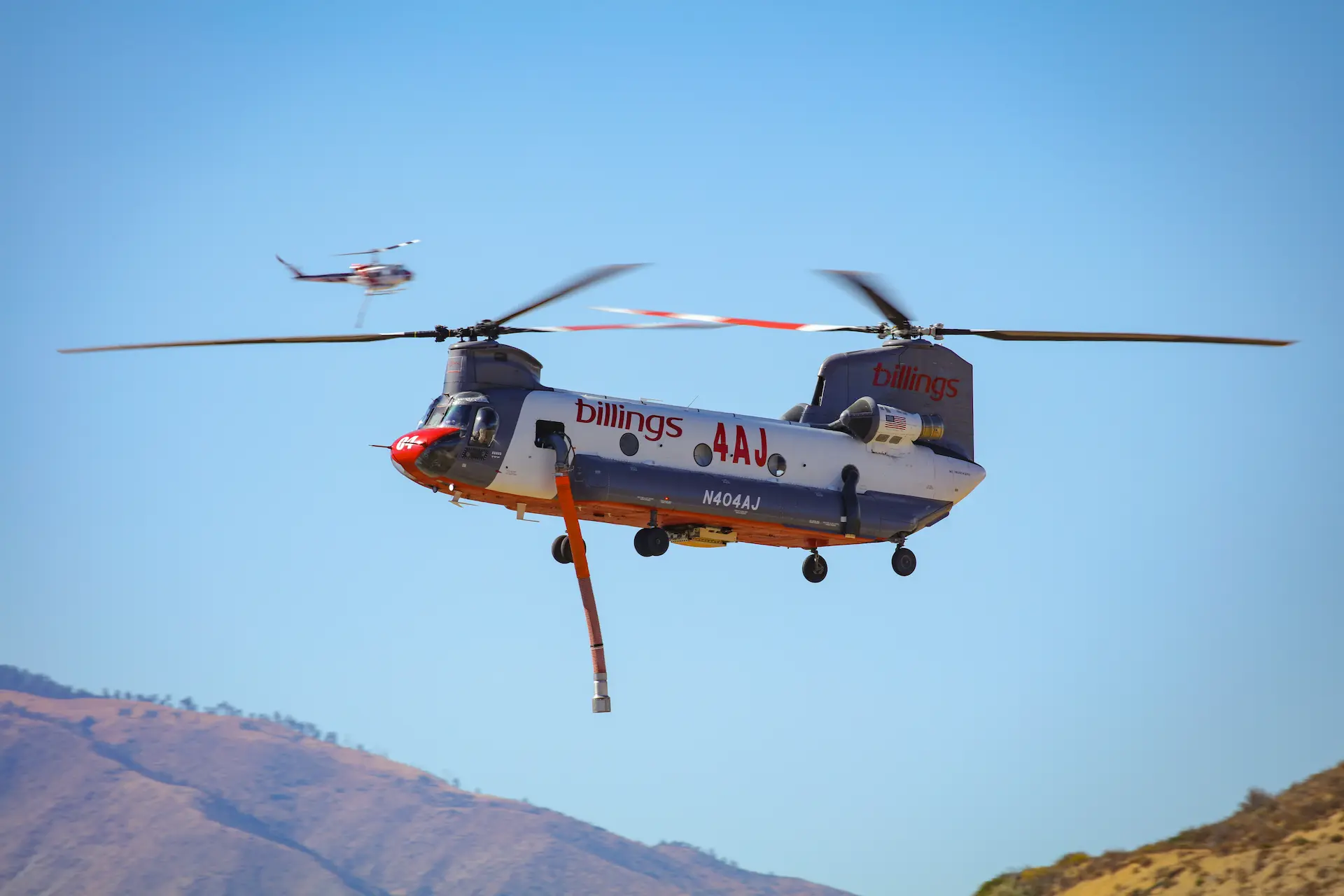
Ironically, after building a small number of BV234s for the offshore Oil & Gas and intra-airport shuttle roles, the company abruptly ceased manufacture after only 13 airframes had been built. Two models were available; the BV234LR (Long Range) which featured 'fat tanks' and the BV234UT (Utility) which swapped out the larger tanks for four smaller faired tanks. The smaller tanks, naturally, reduced endurance/range, but for the Utility role they also reduced the 'wetted area' that the rotor downwash influenced, so provided a useful increase to hover and slow speed payload - important in the crane / heavy lift marketplace. The tanks could, according to Boeing, be swapped - enabling a LR to serve as a UT if the need arose. The cabin featured airliner-style windows, seats, and a set of airstairs at the front. The BV234 had a brief offshore career; an incident to one British Airways aircraft saw it ditch in 1984 (with no casualties), but an accident to a sister ship in 1986 resulted in the loss of 43 lives, and the type was effectively grounded by the airline. A 'rethink' of the offshore market deemed that the BV234 was too large and risked too many lives in the event of another accident. The type was replaced by a larger number of smaller aircraft which, while still having incidents and accidents, never resulted in the same high loss of life.
Despite only building a 'baker’s dozen' aircraft, Boeing still sought and received a full civil Type Certificate from the FAA under the CS29 (Large Rotorcraft) category. After the program ground to a halt, in 2006 Boeing eventually sold the Type Certificate for the BV234 to Columbia Helicopters, who were in the process of acquiring a fleet of the machines to service heavy lift and utility contracts, such as logging and energy infrastructure support work.
It's this move that has, finally, nearly two decades later, paved the way for Boeing to be able to exert a measure of influence over its most high-profile rotorcraft product.

And just in time too.
In the past decade the demand for the Chinook in civil service has grown, especially in the last five years. Where once Columbia Helicopters stood almost alone operating the 'tandem family' of BV234 and BV107-II (the civil variant of the CH-46 Sea Knight, which Columbia also hold the TC for) for utility and occasional firefighting tasks, the surge in number, intensity and geographical location of wildfires has resulted in several Air Attack companies adding Boeing's heavy-lifter to their inventories. Helimax, Rotak, Billings, and Coulson have all joined Columbia in flying the CH-47 in the US, while the Rural Fire Service (RFS) also now operates the aircraft in Australia. US-based Chinooks have been deployed to Australia, Chile, Turkiye and other locations - responding to the urgent need for more firefighting assets in longer and more intense wildfire seasons. Crucially, all these 'new' operators are mostly flying ex-military CH-47D airframes released by the US Army.
That supply of ex-military CH-47s is rapidly drying up, simply due to the US Army never operating the sheer number of Chinooks as they did Black Hawks (the latter being some four times larger in terms of sustained fleet size), so, naturally, there are fewer to release. Additionally, as noted earlier, unlike the Black Hawk, where routinely the Army has received new build airframes in batches, several CH-47Ds were remanufactured as CH-47Fs.
However, demand is only heading one way.
The availability, or lack of, of used CH-47Ds has forced some operators to be a bit more 'creative' in sourcing airframes. Billings Flying Services (BFS) purchased six ex Dutch Air Force ICH-47Ds (bringing their own CH-47 fleet to 14 airframes). These airframes have a rare Honeywell 'glass cockpit'. I flew the Dutch aircraft while supporting the instruction of Dutch Tactics Instructors, including plenty of time in the RNLAF configured simulator at RAF Benson. Once you got used to roads and rivers both appearing 'green' on the moving map display, it was a good cockpit. But even with updates, it's a very old display system - and in aviation, that implies the risk of Aircraft on Ground (AoG) awaiting rare spares, and a steadily increasing Cost of Ownership.
Boeing Gains
In recent week s there have been three key pieces of news that are all 'upticks' for Boeing.
Firstly, there was the announcement that Boeing and Columbia Helicopters had signed the Chinook Integrated Sustainment Program (CISP) to offer the commercial Chinook market an OEM-backed fleet management service. Described as a 'Performance Based Outcome' contract, CISP is designed to give civil Chinook operators the opportunity to involve the OEM, through Columbia, in supporting their aircraft. CISP is optimised towards safety, sustainability, affordability and, key for civil operators, readiness. CISP also offers users the ability to 'tap in' to Boeing's global support network, creating confidence that the Chinook can be supported in any country that needs its firefighting or heavy lift capability. CISP opens a route for the civil User Community to pass ideas back to Boeing to improve the aircraft's capabilities and reliability - in much the same way that the military users often do.
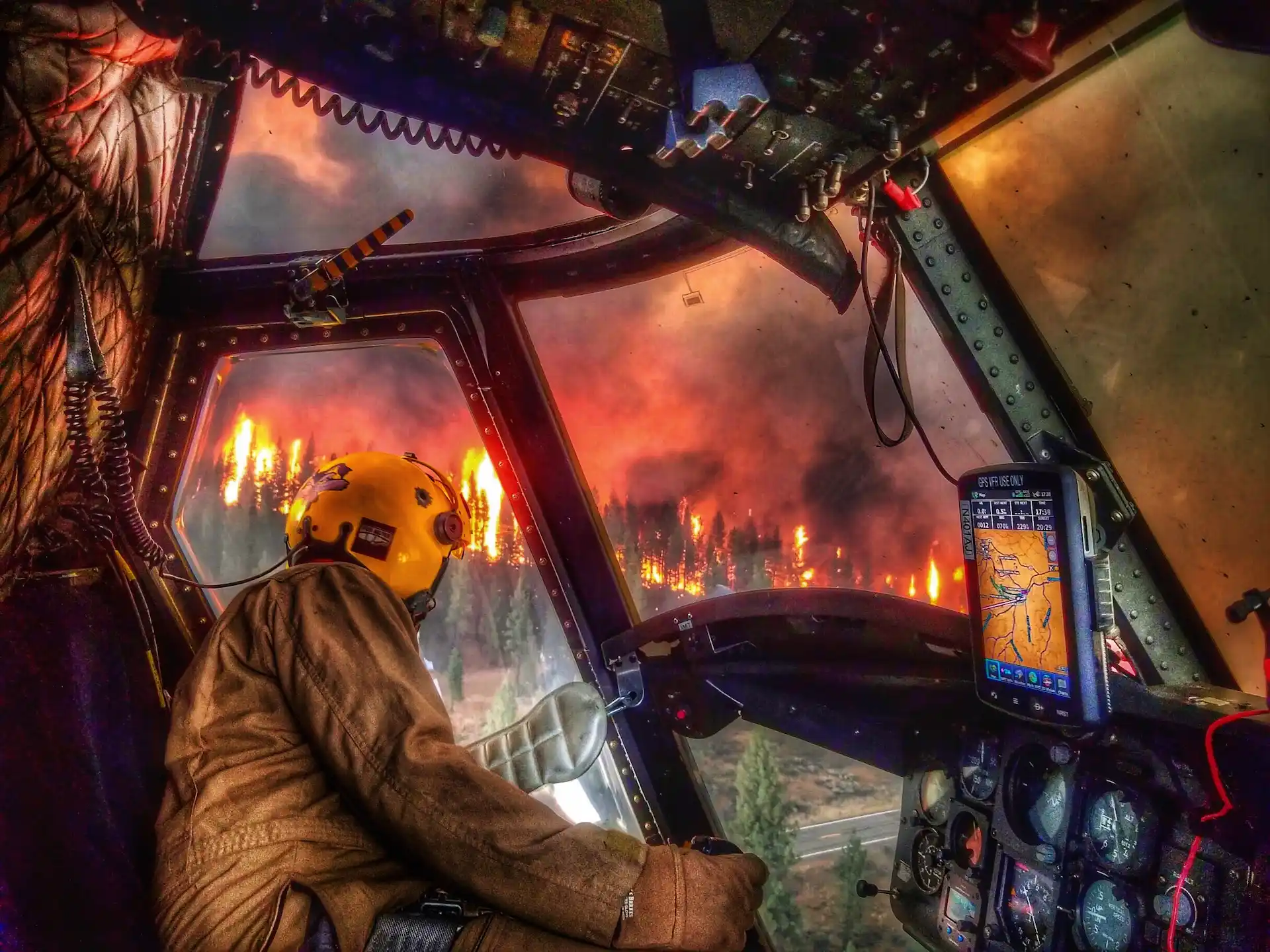
Secondly, Columbia have announced the launch of the BV 234 Special Purpose (SP). This is potentially game changing. There are limitations imposed upon ex-military CH-47Ds due to their lack of civil certification. Primarily, these restrictions focus on the carriage of passengers. As they aircraft are operated under the 'RESTRICTED-UTILITY' category, they cannot carry personnel other than those required for the safe operation of the aircraft - so, for example, fire fighters, loggers, and other utility workers cannot be carried. The few BV234s could be used to carry passengers, but they are always in short supply and invariably not in the right place when needed. Columbia are engaged with the FAA regarding what is required to migrate a surplus military CH-47D into a B234 SP. The configuration pathway is already being laid down, with the planned introduction, via Supplemental Type Certificates (STCs) of the GPMS Foresight HUMS and Genesys AeroSystems digital cockpit. The latter is of particular interest, as their digital cockpit is already found on the UH-60 Black Hawk, and is boasts features such as Synthetic Vision, 'Pathway in the Sky' symbology, NVG compatibility and full IFR certification. Given that many Chinook operators also have Black Hawks in their fleet, it offers the opportunity for organisations to reap the benefits of standardised avionics.
Lastly, the cancellation of FARA and commitment to the CH-47F Block II, may permit the US Army and other overseas operators to have the confidence to divest more of their older machines. The BV234SP TC offers a route to cohering an assortment of customer specific airframes, including, potentially, surplus Lot 1 and 2 ex-RAF machines and early CH-47F Block I aircraft (many of which were originally CH-47D airframes) around a single recognised standard. For the UK aircraft, the earliest Lot 1 machines were delivered as bespoke CH-47C+ aircraft in the early 1980s and have been further modified since.
At current HC6A standard, these airframes feature DAFCS, HUMS, T55-714A engines and the Thales Top Deck partial glass cockpit, with associated Flight Management System (FMS) and Ground Mission Support System (GMSS). The UK are committed to retiring up to 15 of their earliest airframes in the wake of the MH-47G order and follow-on Capability Sustainment Program (CSP). Affordability issues suggests that more tail numbers will be retired in due course and the total fleet shrink from the current circa 60 to a number nearer 50, making more airframes potentially releasable. Clearly, the UK MoD will strip all military-specific components from the aircraft, and the BV234 SP 'mod package' will replace the current cockpit and HUMS, but there lingers an interesting question about other items, such as DAFCS, engines and rotor/transmission systems. With their commitment to Columbia via CISP, and the fact that they also provide the depth maintenance to the UK MoD's CH-47 fleet via the Through-Life Customer Support (TLCS) contract, Boeing have an interest in both camps - and, potentially, a clash of interest. Maximum profit for Boeing probably dictates the retired RAF airframes retain their rotables and engines, as to remove them takes time - as would reinstallation and testing as a civil 'SP'. That would require Boeing to crunch the numbers on the cost to supply new components via CSP/TLCS. I don't doubt if the demand signal from the civil world for the ex-RAF machines were strong enough, Boeing would be happy to oblige. After all, the more Chinooks flying under CISP, the more money they make and, conversely, the lower the rate they can charge for support thanks to bulk purchasing opportunities in the supply chain.
Such a process will give confidence to the broader market that the ex-military Chinook is now viable in the long term, and it's inevitable that more companies will join 'Team Chinook'. Indeed, at the 234SP launch announcement, Columbia didn't only mention existing CH-47D operator, ROTAK (the formal launch customer) as early adopters of the new aircraft. HeliSwiss, who specialise in the utility and disaster relief sectors, have also ordered the 234 SP as a 'super heavy' lift platform, supporting the expansion of power grids throughout Europe, and, doubtless, available at relatively short notice of firefighting or similar 'on call' missions.
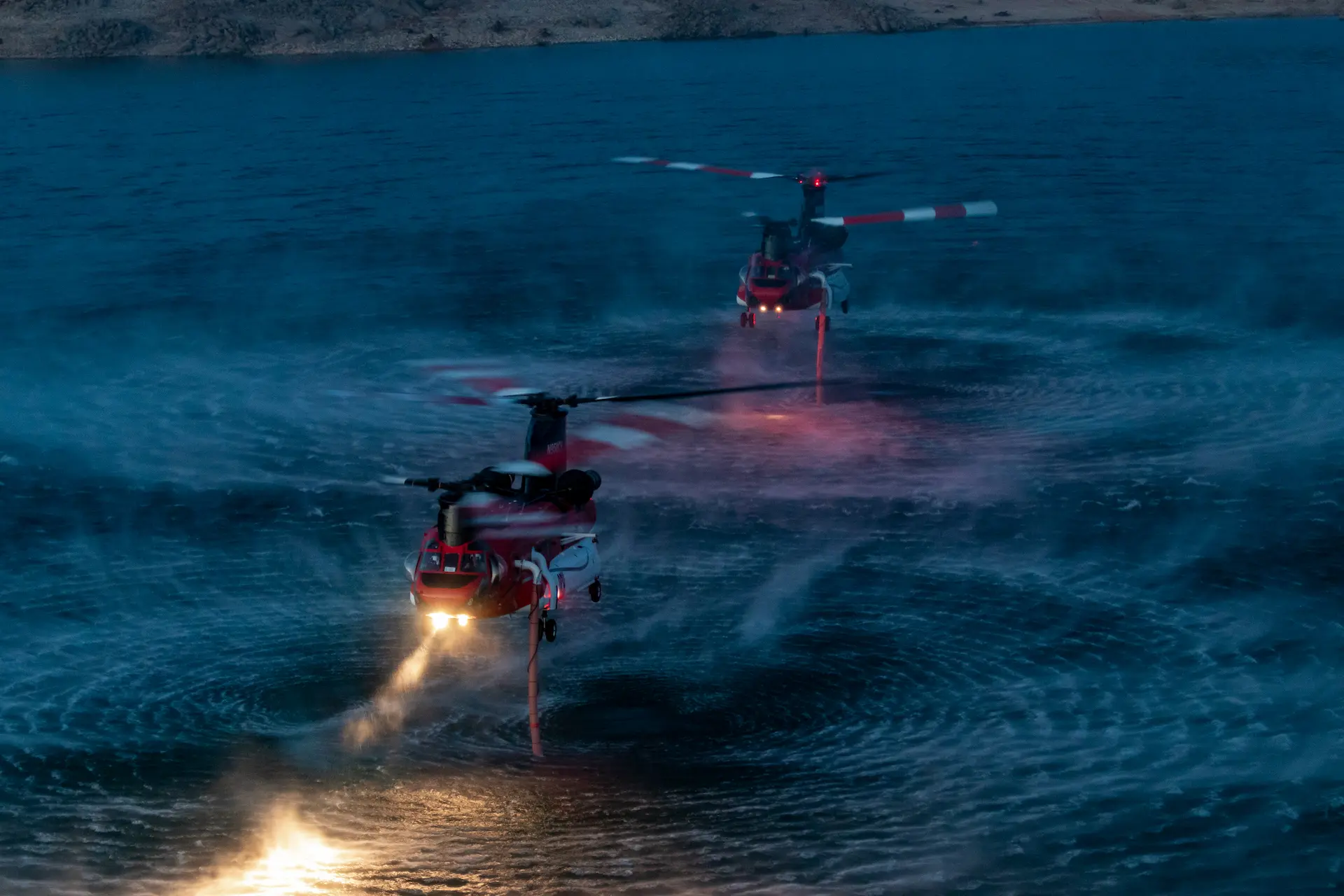
Bold and Thoughtful
It's a bold move by Boeing to step down this path with Columbia. In some respects, I imagine many Senior Executives recoiled at the notion of the 'mighty' Boeing having to work so closely with a comparatively tiny company such as Columbia. However, there's also clearly been a harsh realignment of expectations within Boeing in recent years, and perhaps a return to some level of humility rather than hubris - back to engineering and customer support rather than simply upselling and profit - might be exactly what the company needs to start to rebuild its tarnished reputation.
Only time will tell, but for the Chinook at least, it seems a bright future as a dual certified and dual use civil/military machine is assured. Is it now too late for Sikorsky to take the same steps with the Black Hawk?
 HOME
HOME